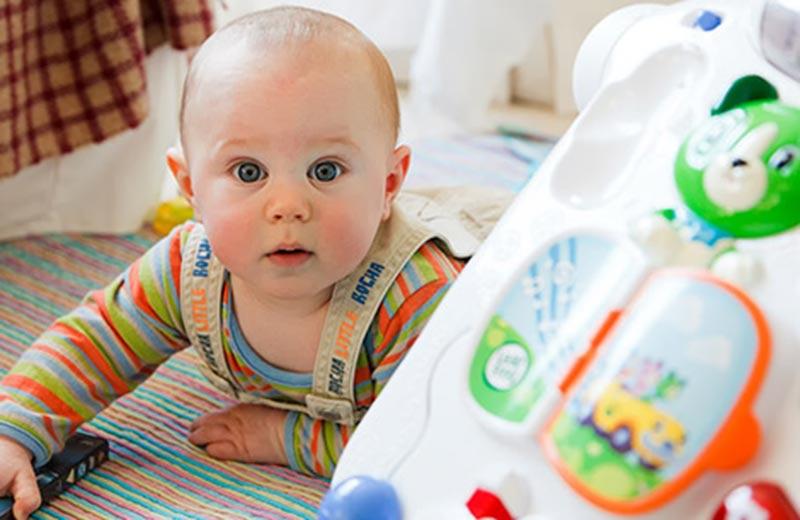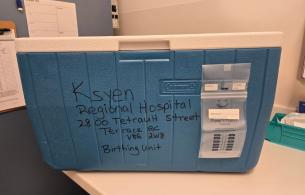I have seen many an adult with hearing loss due to excessive noise exposure. In my current role as a pediatric audiologist, I am more likely to see hearing problems due to an ear infection than to noise damage. That doesn't mean it's not possible, though.
The Canada Consumer Product Safety Act has a section on toy regulations. In it, they suggest that: "A toy must not make or emit noise of more than 100 decibels (dB) when measured at the distance that the toy would ordinarily be from the ear of the child who is using it." One hundred decibels, though, is pretty darn loud!
Worksafe BC counsels, as do many safe workplace organizations, that at noise levels of 85 dB, an employer needs to provide proper hearing protection for their staff. Audiologists in both Canada and the US would agree this should also apply to toys. Granted, children may not play with that same toy for 8 hours (the length of an average workday); it’s more than likely that after about 10 minutes their parent tends to direct them to another, quieter, activity. But even these short playtimes with loud toys can be unsafe: Worksafe BC also counsels that workers can only be exposed to 100 dB for a period of 15 minutes before that noise becomes hazardous to hearing health.
Toy manufacturers are not required to specify the decibel output of their product, so how would a parent or well-meaning relative know? To put it into perspective: a gas-powered lawn mower is about 100 dB. So is a subway train entering the station. However, in neither case is the listener's head as close to the sound as a child's ear can be to a toy, or a teenager's to an iPod. It stands to reason: the closer a sound is to our ears, the louder it is.
As parents don't usually have sound level meters in their homes, what can they do?
Here are a few pointers:
- Try before you buy. Listen to the toy, keeping in mind how close children will hold it to their ears. If you find it uncomfortably loud, it's too loud for your child.
- Is there a volume limiter, off switch, or battery compartment? You can always shut it off or remove the batteries. In the case of an iPod, iPhone, and/or iPad, a parent can access the volume limiter, reduce it, and lock it. Your teen may not be impressed, but their hearing health is protected - at least from the iDevice.
- Depending on the size of the toy, put clear tape over the speaker. It will still make noise, but not as loud. If you're crafty enough, your child may not even realize it's there.
Interested in more information?
The Sight and Hearing Association, based out of Minnesota, provides an annual noisy toys list. They use 85 dB as their upper limit, and a list can be provided to anyone who requests it!














Comments